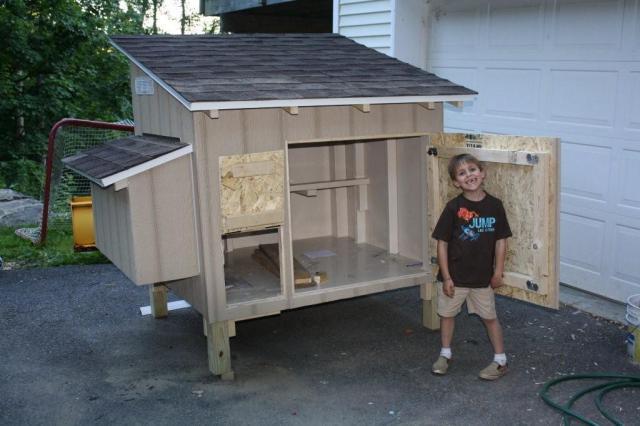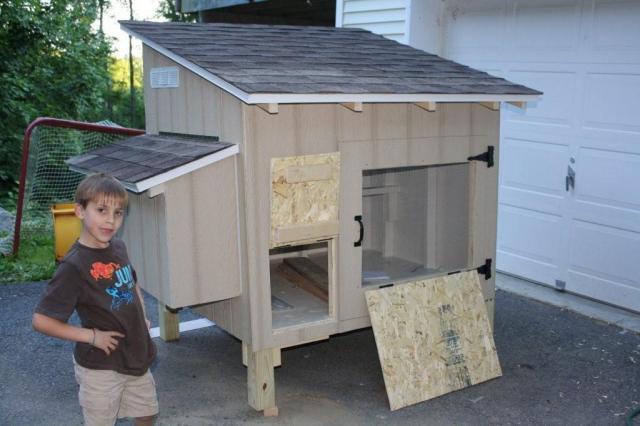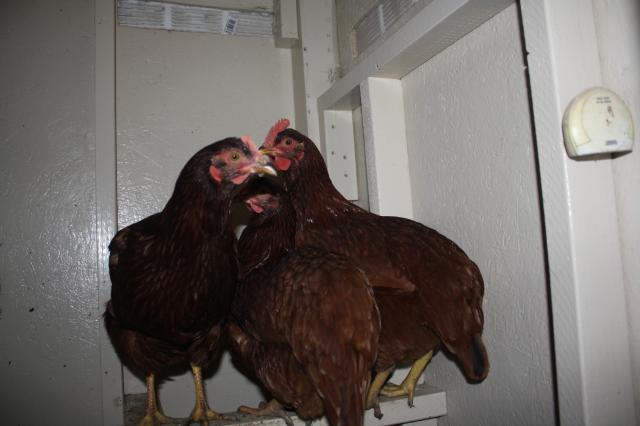


Here are some pics so you can picture what I am looking to do.
The coops interior is completely painted with oil base floor paint (except the ceiling).
I have 2 inch thick polystyrene foam board insulation that I may install. I would cover the foam board with plywood panels to stop the birds from eating said foam. Now one question I need answered is do I need to install a vapor barrier under the plywood and on top of the foam board to stop any moisture problems?(the coop will not be heated)
Or should I not even insulate at all?
I live in south eastern NY.
The temps do go below freezing quite a bit and many nights will be around zero or below zero degrees F.
I have 6 RIR hens and 1 Silver Laced Polish Roo. I know the RIR's are cold hardy but I'm not so sure about the Silver Laced Roo.
Any and all advice will be taken in to consideration. Thanks in advance.




